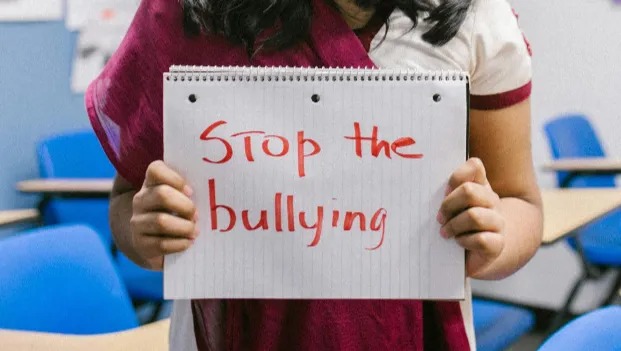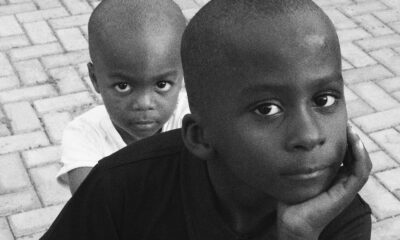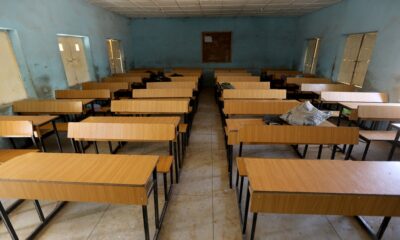Best of Johannesburg
How South African Schools Are Tackling Bullying in 2025

When the playground no longer feels safe
Walking into school should be about opening books and finding friends, not bracing for whispers, online jabs, or physical shoves. Yet across South Africa, many learners still face this fear. In 2025, a fresh wave of policy, legal muscle, and community momentum is starting to shift things, but the journey is far from over.
What’s changed on paper in 2025
In recent years, the laws and frameworks governing school discipline have received a serious upgrade. The Basic Education Laws Amendment (BELA) Act of 2024 came into effect, classifying bullying as “serious misconduct” that can lead to suspension or expulsion, while still requiring fairness and due process.
The National School Safety Framework, led by the Department of Basic Education (DBE), remains the foundation of safe-school efforts. Every school must now have a safety committee, a safety policy, and a learner code of conduct.
New e-safety guidelines for cyberbullying and updated manuals for bullying prevention are being introduced in 2025 to help schools address online abuse more effectively.
Reality check: implementation gaps
Even the best policies mean little if they gather dust in a file. Early in 2025, the DBE recorded over five hundred bullying incidents across the provinces. Some provinces reported only a few cases, while others reported hundreds, showing just how uneven the problem remains.
Under-resourced rural schools in particular struggle with enforcement. Having a code of conduct is one thing; ensuring it’s consistently followed and backed by proper monitoring is another. Many schools still lack trained staff, clear reporting systems, and psychological support services.
Why things vary so much
Urban versus rural differences: Schools in major metro areas generally have better resources, trained counsellors, and partnerships with community organisations. In smaller or rural schools, those support structures are often missing.
Online bullying on the rise: Social media and messaging apps mean harassment no longer stops at the school gate. Learners face digital taunts that follow them home, often with lasting emotional effects.
Deep-rooted causes: Many children who bully others were themselves victims. Social pressure, inequality, and exposure to community violence can all play a role in how aggression plays out at school.
What’s working, and what’s shifting
Restorative rather than purely punitive responses: Many schools are now using counselling and peer mediation instead of jumping straight to punishment. This approach encourages empathy, accountability, and healing on both sides.
Bullying education in the curriculum: From Grade 4 onward, learners are taught to identify bullying, resolve conflicts peacefully, and handle online situations responsibly. These lessons are now part of the Life Orientation curriculum.
Community and parent involvement: Anti-bullying campaigns, school governing body initiatives, and stronger parent participation are making the issue a collective concern rather than a hidden problem. Parents are being encouraged to attend school meetings, report signs of distress, and discuss online behaviour at home.
Why this matters locally in Joburg and beyond
If your child attends a school in Johannesburg or nearby, these steps can make a difference:
-
Check that the school’s code of conduct explicitly mentions bullying.
-
Confirm that a school safety committee exists and functions actively.
-
Ask teachers how Life Orientation covers bullying prevention and digital safety.
-
Keep communication open at home about friendship groups, social media, and online exclusion.
-
Attend school meetings and push for transparency about how incidents are handled.
Looking ahead
South Africa’s 2025 framework for handling school bullying is stronger than ever. With tougher laws, better digital-safety awareness, restorative approaches, and more parent involvement, progress is visible. Yet gaps remain. Unequal resources, weak enforcement, and slow accountability still hinder lasting change.
Until every learner feels physically and emotionally safe in class, the promise of a bully-free school remains unfinished. The challenge now is simple: to make every policy real in practice, in every school and every province.
Also read: Can You Sue the Government for a Pothole Accident in South Africa?
Follow Joburg ETC on Facebook, Twitter, TikT
For more News in Johannesburg, visit joburgetc.com
Featured Image: Cape Times



























